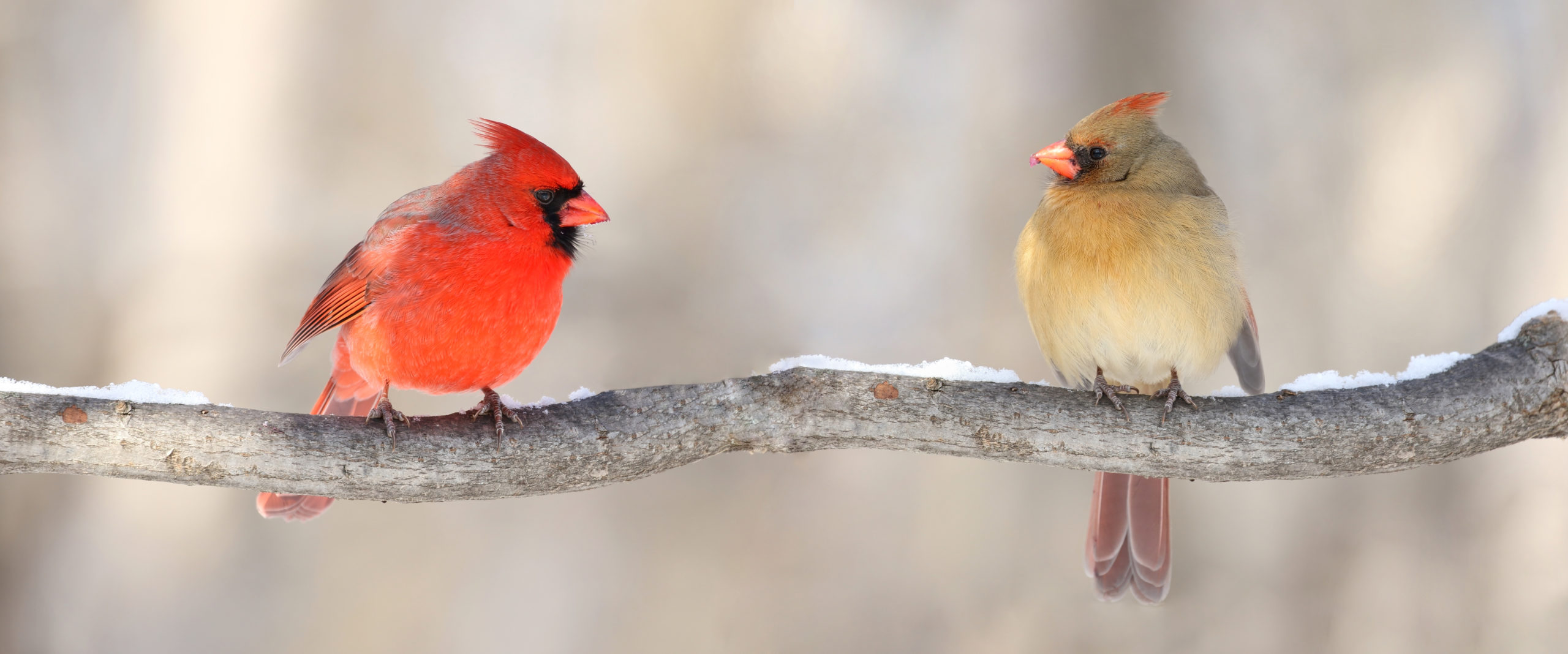Working with other artists can be an incredible and inspirational experience. It can also be a complete disaster if you’re not careful! I’ll give you ten tips to steer you towards making your artistic collaborations successful.
1. Have realistic expectations
Good collaborations are mutually beneficial. Artists grow their audience and often grow creatively. Secretly expecting a hit song when working with more successful artists isn’t very constructive. Don’t set yourself up for disappointment by having unrealistic expectations. Goals, like gaining extra fans or creating a following in another country, are achievable. Keep it real.
2. Begin with the business talk
Most collaborations start with artists excitedly throwing around ideas. When you decide to work together it’s important to talk about the business side. Discuss who’ll pay for studio time, promotion etc. Talk openly, even if it feels uncomfortable. Save yourself future heartache. Put important stuff in writing – ideally in a letter agreement which sets out your expectations for each other including workload and payment upfront. Otherwise, the other artist can turn around and say you agreed to something that you didn’t, or not keep to their commitments.
3. Avoid working for free
If you’re invited by another artist to work on their project, it’s only fair to ask if they’re paying you. If there’s no payment, then ask if your costs will be covered (studio time, travel etc.) Ask how you’ll be credited for the collaboration. Be ready to propose what you want. It helps if you done a bit of research among your peers and online, to find out what is useful in such situations. Having your expenses paid and a percentage split of the royalties is fair. If that song becomes a hit, you’ll regret not asking for it. If you must work for free, then be sure that the situation is worth it. Do you really need that ‘exposure’? And will the other party promote the event/recording/auction the way they say they will?
4. Maintain good communication
Make sure you truly listen. Don’t just wait for the other person to finish speaking. Many artists are introverts who won’t open up if they feel they’re not being truly heard. Equally, communicate your ideas and intentions clearly. Express concerns in a clear and considerate way. If you see a problem, then make time to talk about it and try to solve it together. Avoid any passive/aggressive behaviour.
5. Respect each other
Creativity that is based on mutual respect is usually successful. If an artist stayed up late trying to find the right font to please you, then acknowledge their effort. Thank them for their time and show appreciation for their contribution. Praise them for their work. Good manners never go out of style.
6. Leave personal stuff at home
When working with other artists you can be privy to their personal situation due to the fact that you’re working closely together. This complicates things if the lines become blurred and only you can decide if it’s worth it. Be aware and have boundaries – and watch out for increasing numbers of personal excuses from the person you’re working with. It’s never a good sign if they can’t turn up on time or do the work. Equally – don’t divulge more than you should about your personal life. Be friendly, but focus on the work.
7. Be professional
You want to make a good impression when working with someone for the first time. Other artists form an opinion of you and they’ll share it with your peers. Sometimes a whole crew is involved in a collaboration. Missing a deadline pushes the schedule back for everyone involved. Be consistent, punctual, professional and follow through with your commitments, because people will remember and you don’t want them passing on bad experiences with you to other potential contacts and collaborators.
8. Be a good negotiator
Things rarely fall into place without any hiccups and sometimes you’ll argue over small details. It’s normal to have little bumps along the way. Negotiation is often about power. Do you know where your power lies? Are you a sculptor who creates amazing works with a particularly expensive clay? Over-estimate your budget in order to give yourself a buffer. If the budget needs to be cut, then you have room to move in negotiations.
9. Ditch the pedestal
Don’t feel intimated by working with well-known artists whom you admire. It interferes if you put someone on a pedestal all the time. They’re working with you for a reason. Feel equal in the project and focus on what you’re bringing to the table. Don’t diminish your contribution by worshipping theirs. And if you want to attract a well-known artist to collaborate with, ask yourself what they’d get out of it? Work to build your fan base and profile before you ever approach them, so that you’re both on more of an equal footing.
10. Try a trial run
What looks good on paper may not work in reality. Trialling the process with a small project is smart – especially if you want to work with these artists in the future. An illustrator wanting to work with a graphic artist on a 200-page cartoon book would be best working on a 10-page project first. It may expose some cracks or turn out to be a bad fit. Or, it could be wonderful!
If you found these tips useful, there’s lots more on making collaborations work in my book ‘Organizing Your Creative Career’. A new revised print version – including a whole new chapter – is out on 14th January 2020. Or work with me! Contact me for a free 30-minute consultation via Skype to find out how I can help you.

